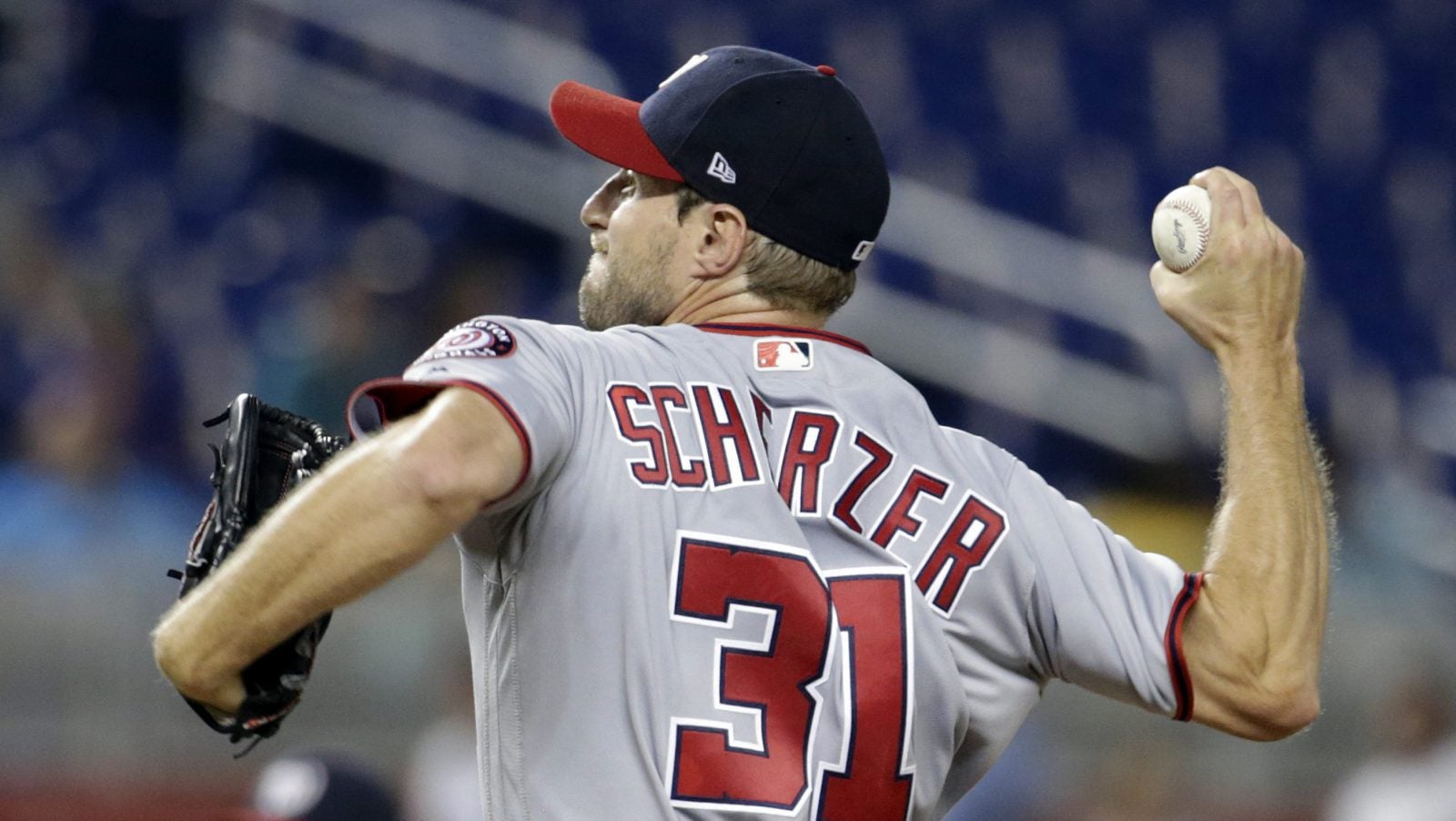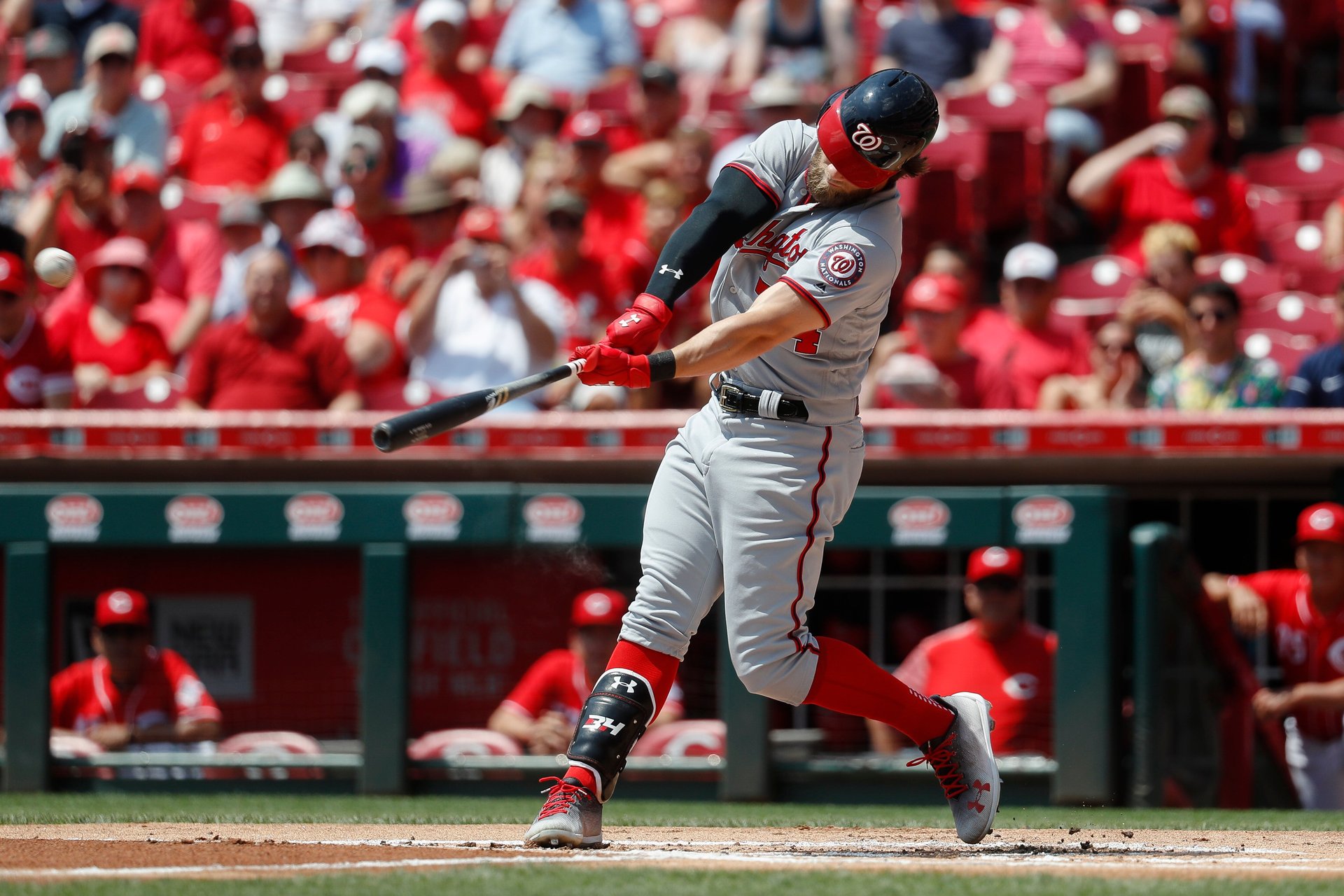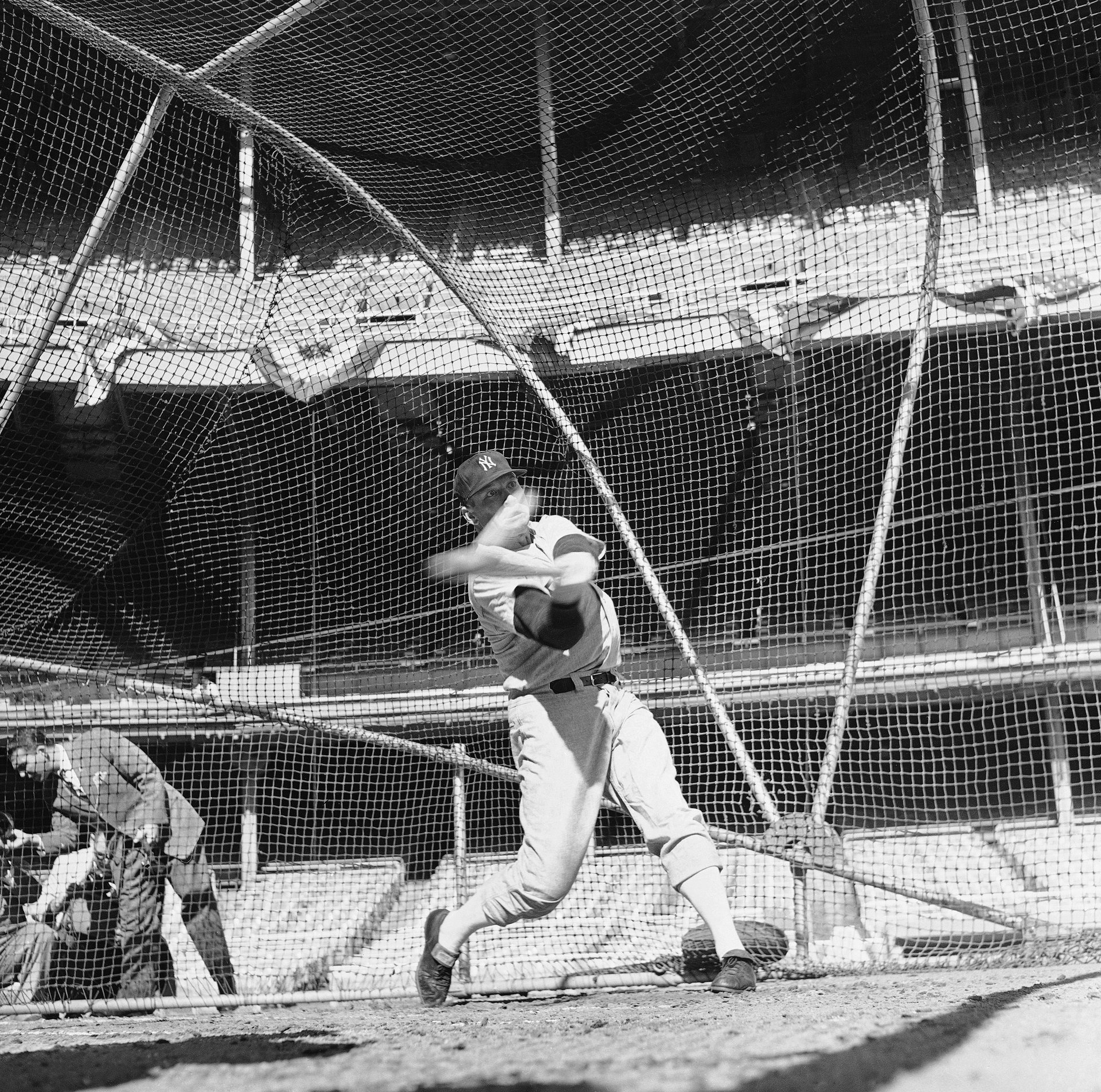The classic principle behind the most unexpected home run of 2017
Max Scherzer, star pitcher for Major League Baseball’s Washington Nationals, said yesterday he’d be visiting a chiropractor for the stiff neck that knocked him out of a game the night before.


Max Scherzer, star pitcher for Major League Baseball’s Washington Nationals, said yesterday he’d be visiting a chiropractor for the stiff neck that knocked him out of a game the night before.
He better hope the treatment isn’t too effective.
Scherzer credits the discomfort that forced him to leave after just one inning on the mound, and a single at-bat, against the Miami Marlins as exactly what he needed to produce his first-ever home run.
“The thing with having a tight neck, not being able to look left, actually helped on my baseball swing,” Scherzer told reporters, who got a good laugh out of his post-game analysis. “I couldn’t pull my head out, and I just had to stay locked in. That actually gave me a better swing. So sure enough, that’s the reason why I hit a home run.”
The Stiff-Neck Swat of Summer ’17 is precisely the kind of goofy moment embraced by a game that loves its oddities. Pitchers are paid millions to throw—little is expected of them with the bat.
Scherzer’s theory is a nod to a classic principle of hitting, drilled into generations of players from the Little League on up to the majors: Keep your head down, to ensure you keep your eyes on the ball. Scherzer’s limited range of neck motion may have forced him to adhere to this prime directive.
What’s more notable, though, is what he did from the neck down while uncoiling his less-than-graceful swing. Consider his back foot, clearly airborne here:
Counter to another traditional baseball lesson, Scherzer’s back foot is off the ground at just about the moment of contact with the ball. For decades, hitting instructors preached to young batters to plant their back foot throughout their swing, spinning on the toes in a move called “squishing the bug.” In recent years, revisionists have pointed out that this is not how the best big-league batters do it.
By lifting his back foot in the air at the point of contact, Scherzer—inadvertently or not—followed the advice of the newer breed of instructors. They teach that the most powerful swing is delivered by striding with the front leg and generating force to the hands via a back foot that doesn’t spin, but pushes down before skipping forward.

That’s pretty much what Scherzer did, loosely in the style of his slugging teammate Bryce Harper, a young bruiser whose elegant and savage attack is described in a lovely Washington Post ode as harkening back to 20th-century legend Babe Ruth.

The tale of Scherzer’s home run recalls another celebrated moment in baseball history, when a player overcame physical limitations to smash one into the stands. In 1963, Mickey Mantle—like Ruth, a New York Yankee hero known for world-class carousing—purportedly bashed a pinch-hit homer while in the grips of a rough hangover. As one-time teammate and Ball Four author Jim Bouton told NPR, Mantle offered unique insight on hitting in an altered state, after circling the bases:
He comes over to the dugout, and he looks up in the stands, and he says, “Those people don’t know how tough that really was.” Then after the game, the sportswriter said, “Mick, how did you that?”… And he said, “Well, it was very simple. I hit the middle ball.”